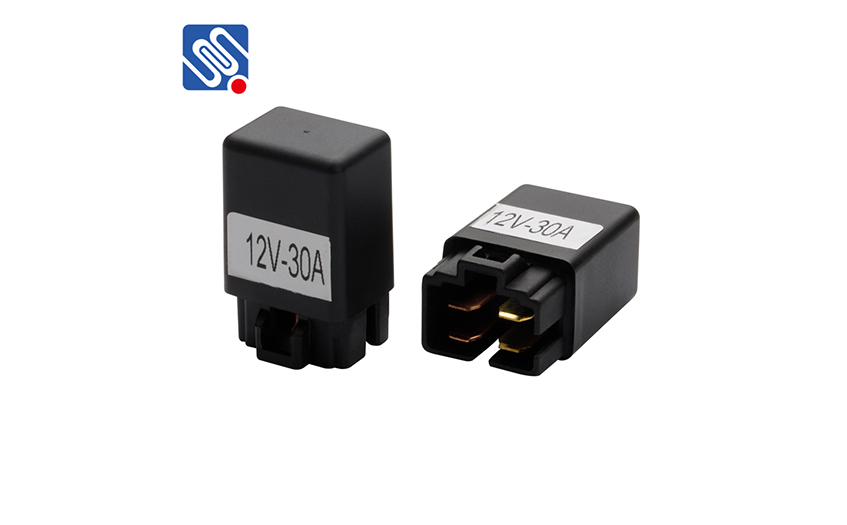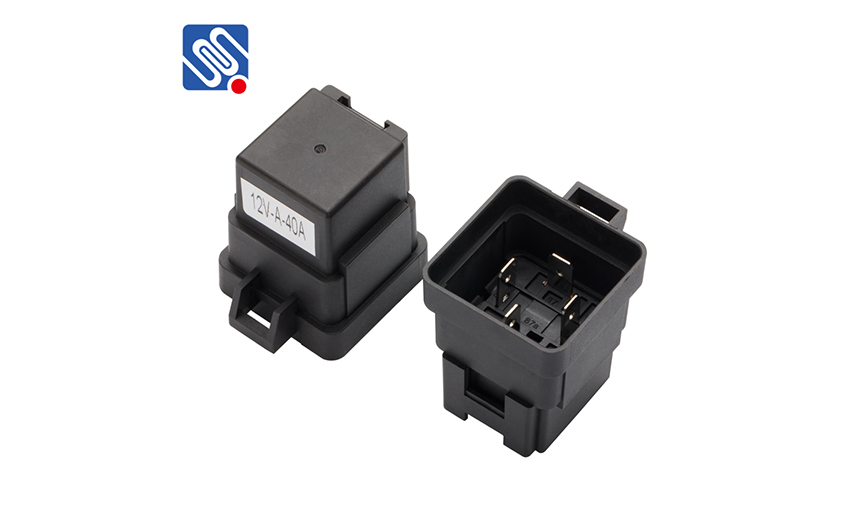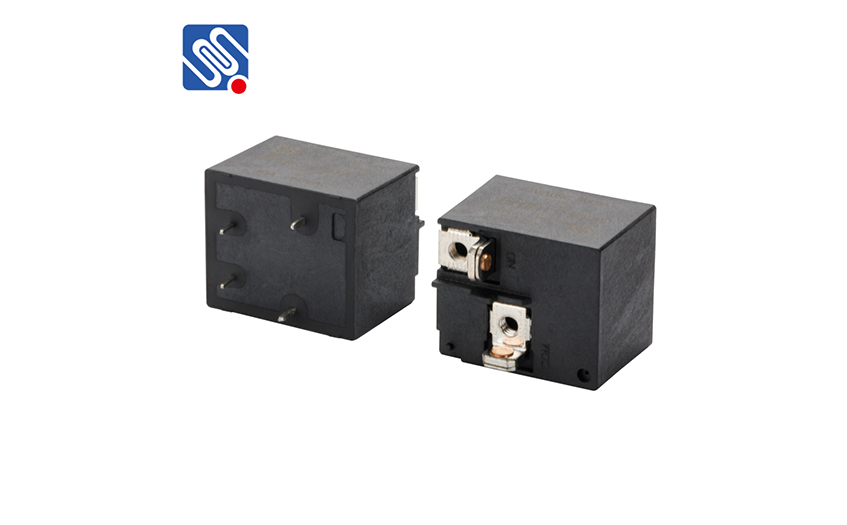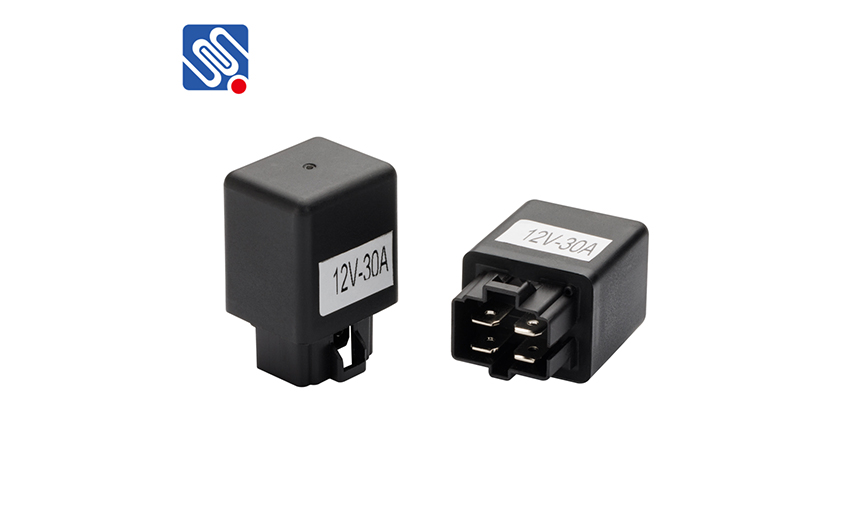Precautions for contacts
The contact is the most important structural part of the relay. The service life of the contact is affected by the contact material, the voltage and current value on the contact (especially the voltage and current waveform when it is on or off), the type of load, the switching frequency, the environment, the contact form, the contact bounce phenomenon, etc. , the contact failure is mostly caused by the material transfer, adhesion, abnormal consumption and contact resistance of the contact. It is necessary to pay attention to the fault phenomena such as increasing.
For better use of the relay, refer to the following notes on contacts.
1.1 load
Generally, the size of resistive load is recorded in the product specification, but these are not enough. It should be tested and confirmed in the actual contact circuit.
The minimum load recorded in the product manual is not the standard lower limit value that the relay can switch reliably. This value has different reliability degree due to the change of on-off frequency, environmental conditions, required contact resistance and absolute value.
1.1.1 voltage
The voltage of the contact circuit, when the inductive circuit is disconnected, has a reverse voltage greater than the circuit voltage. The higher the voltage, the greater the energy, the greater the consumption of the contact and the material transfer. Therefore, it is necessary to pay attention to the type and size of the load controlled by the relay contact.
Under the same current, the DC voltage value that the relay can switch reliably is much lower than the AC voltage value, because the AC current has zero point (the point where the current is zero), the generated arc is easy to extinguish, while for DC, the generated arc can only extinguish after the gap between contacts reaches a certain value, making the arc duration longer than the AC situation, aggravating the contact Consumption and material transfer.
1.1.2 current
The impact current has a great influence on the contact when the contact is closed or open. For example, when the load is motor or indicator light, the larger the impact current is when it is closed, the more consumption and material transfer of the contact will be, which is more likely to lead to contact adhesion and can not be disconnected. Please confirm in actual use.







 selena
selena  sales@msrelay.com
sales@msrelay.com 13968707033
13968707033
 +86-577-62518811
+86-577-62518811





